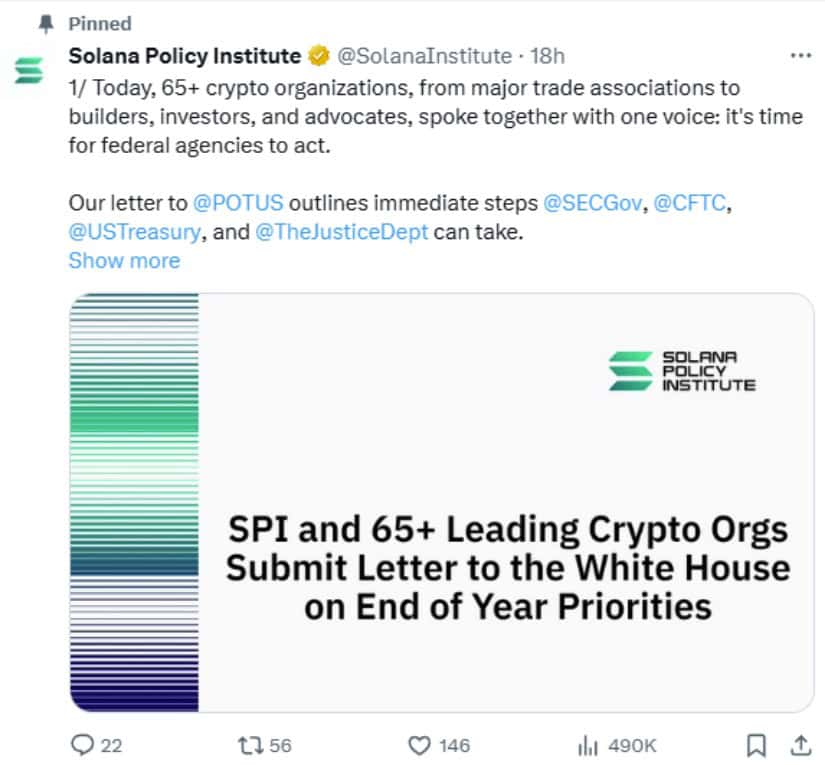Photo by Justin Sullivan/Getty Images
Getty Images
It’s no mystery that consumers are looking to save this holiday season. The retail calendar feel as it’s moving at warp speed, leapfrogging Thanksgiving entirely and jumping straight from Halloween into holiday mode. Even Singles Day, the November 11 shopping holiday that originated in China and gained traction over the past decade, was overshadowed by an avalanche of early Black Friday deals flooding inboxes weeks in advance.
The question for retailers is clear: In a market where consumers are showing signs of Black Friday fatigue, which early deals will be strong enough to grab attention and win their wallets?
Why Timing Matters More Than Ever
According to Circana’s Future of Forecasting™ service, the apparel industry is projected to grow by low single digits in Q4. October may feel too early for consumers to think about holiday shopping ; however, there is evidence of a pull-forward effect in the one to two weeks leading up to Thanksgiving.
Circana’s annual Holiday Purchase Intentions report reveals a notable shift: 21% of consumers now believe they’ll find the best deals before Thanksgiving, up three points from 2024. While Thanksgiving, Black Friday, and Cyber Monday remain the top deal days for 42% of shoppers, that confidence has slipped by three points year-over-year.
This shift likely began last year when retailers rolled out true Black Friday deals a full week early—not just generic holiday promotions, but offers that promised shoppers, “This is the best price you’ll see.” The approach worked. In 2024, Circana’s retail tracking data shows apparel sales grew at more than twice the rate in the week before Thanksgiving compared to the holiday week itself. While Thanksgiving week still leads in overall volume, the early surge was powered by promoted items and online purchases—driven by sharp email marketing and urgency messaging that turned browsers into buyers.
Consumers Are Price-Sensitive and Patient
Shoppers have been acutely aware of higher prices all year. For the six months ending October, average selling prices (ASPs) for apparel rose 2% compared to last year. Many consumers have been holding off on purchases, waiting for holiday promotions to stretch their budgets. In fact, 32% postponed apparel purchases in anticipation of Black Friday and Cyber Monday deals, particularly for seasonal items, basics, and activewear.
Early promotions also serve a practical purpose: they allow consumers to spread spending across multiple paychecks rather than cramming purchases into one or two big shopping days. For retailers, this means early engagement isn’t just an opportunity—it’s a necessity.
Trading Down: Value Wins the Season
The winners this holiday season will be those who communicate product differentiation and value effectively. Off-price retailers and warehouse clubs are well-positioned to capture budget-conscious shoppers. Traditional department stores, on the other hand, will need to double down on differentiation—whether through exclusive assortments, free and fast shipping, loyalty perks, or experiential shopping.
Consumers are also signaling a willingness to shop outside their usual habits. More shoppers plan to visit stores they don’t typically frequent or switch retailers entirely to secure the best price. This creates both opportunity and risk: brands that fail to articulate value may lose loyal customers to competitors offering sharper deals.
The Takeaway
Success this season comes down to timing, transparency, and value. Today’s shoppers are savvy—but they’re also fatigued by early promotional noise and quick to trade down when they don’t see real worth. Earlier isn’t always better; what matters most is a strategy that combines compelling offers with clear messaging and differentiated assortments. Brands that master these fundamentals will win this holiday season—and earn consumer interest and trust well into 2026.
Source: https://www.forbes.com/sites/kristenclassi-zummo/2025/11/21/beyond-black-friday-how-apparel–can-win-in-a-season-of-fatigue/


